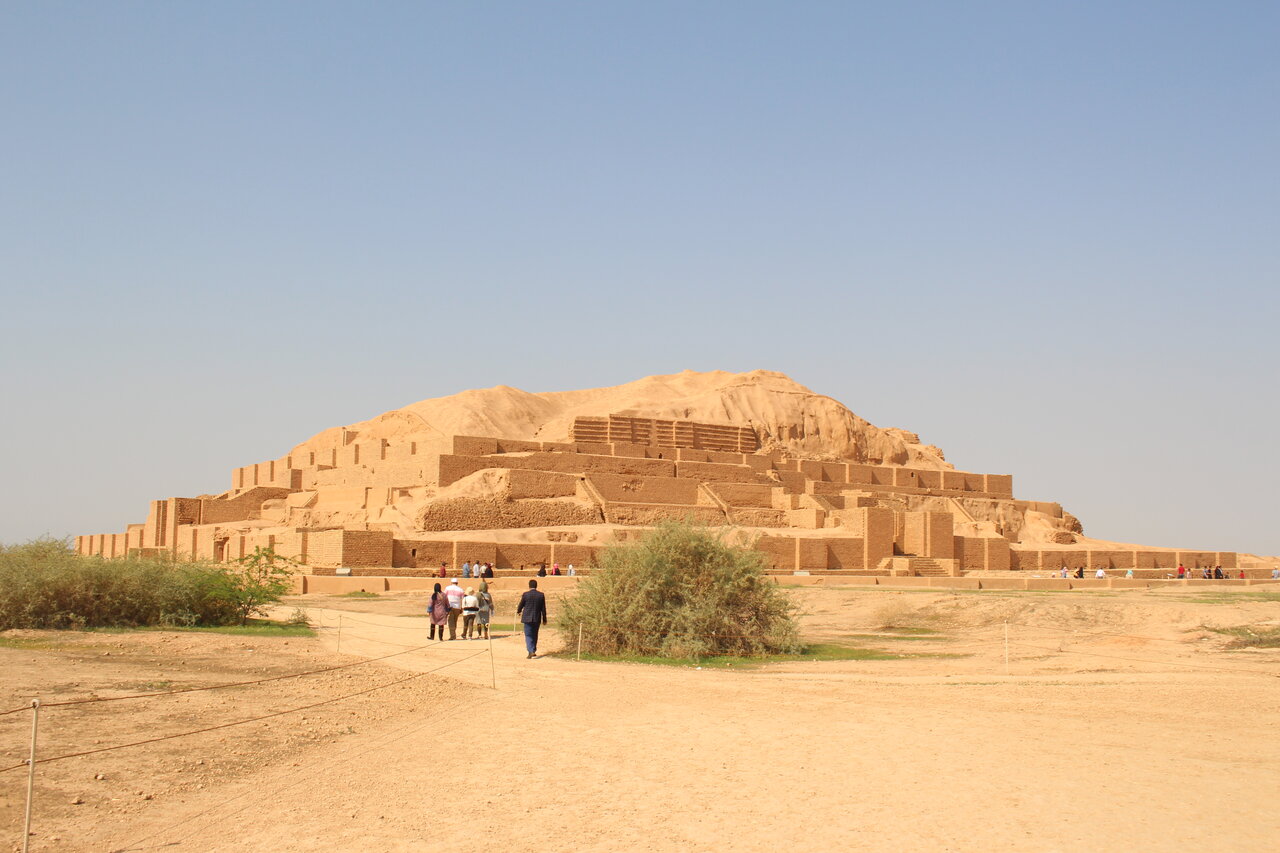Beijing’s ambassador visits UNESCO sites in southwest Iran

TEHRAN – On Monday, Beijing’s ambassador to Tehran Chang Hua and his colleagues paid a visit to the UNESCO-designated sites of Susa and Tchogha Zanbil, which are located in Khuzestan province, southwest Iran.
The tomb of Daniel, the biblical prophet, Susa museum, and the archaeological site of Haft-Tappeh were other sites toured by the Chinese envoy, IRNA reported.
The ambassador met with Governor-general Ali-Akbar Hosseini Mehrab and several other local officials to exchange views on tourism and investment opportunities across the oil-rich province.
Moreover, the officials discussed ways to promote Khuzestan as a travel destination for Chinese sightseers, the report said.
Lying at the head of the Persian Gulf and bordering Iraq on the west, Khuzestan was settled about 6000 BC by a people with affinities to the Sumerians, who came from the Zagros Mountains region. Urban centers appeared there contemporaneous with the first cities in Mesopotamia in the 4th millennium. Khuzestan, according to Encyclopedia Britannica, came to constitute the heart of the Elamite kingdom, with Susa as its capital.
Alexander the Great took Susa shortly after the Battle of Gaugamela in 331, and from 311 to 148 Khuzestan was a satrapy (named Susiana) of the Seleucid empire, with its capital at Seleucia on the Eulaeus River. It passed firmly into Parthian control between 148 and 113 BC and then under Sasanian rule about 226 CE. It was a frontier zone between the Roman-Byzantine and the Parthian-Sasanian empires and finally was taken by the Arabs in about 642. It was part of the Safavid and Qajar dynasties that successively ruled Iran.
In the 20th century, the region’s prosperity revived with the development of oil fields, the building of the Trans-Iranian railway, and the expansion of ports at Abadan and Khorramshahr.
AFM
Leave a Comment